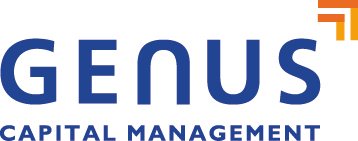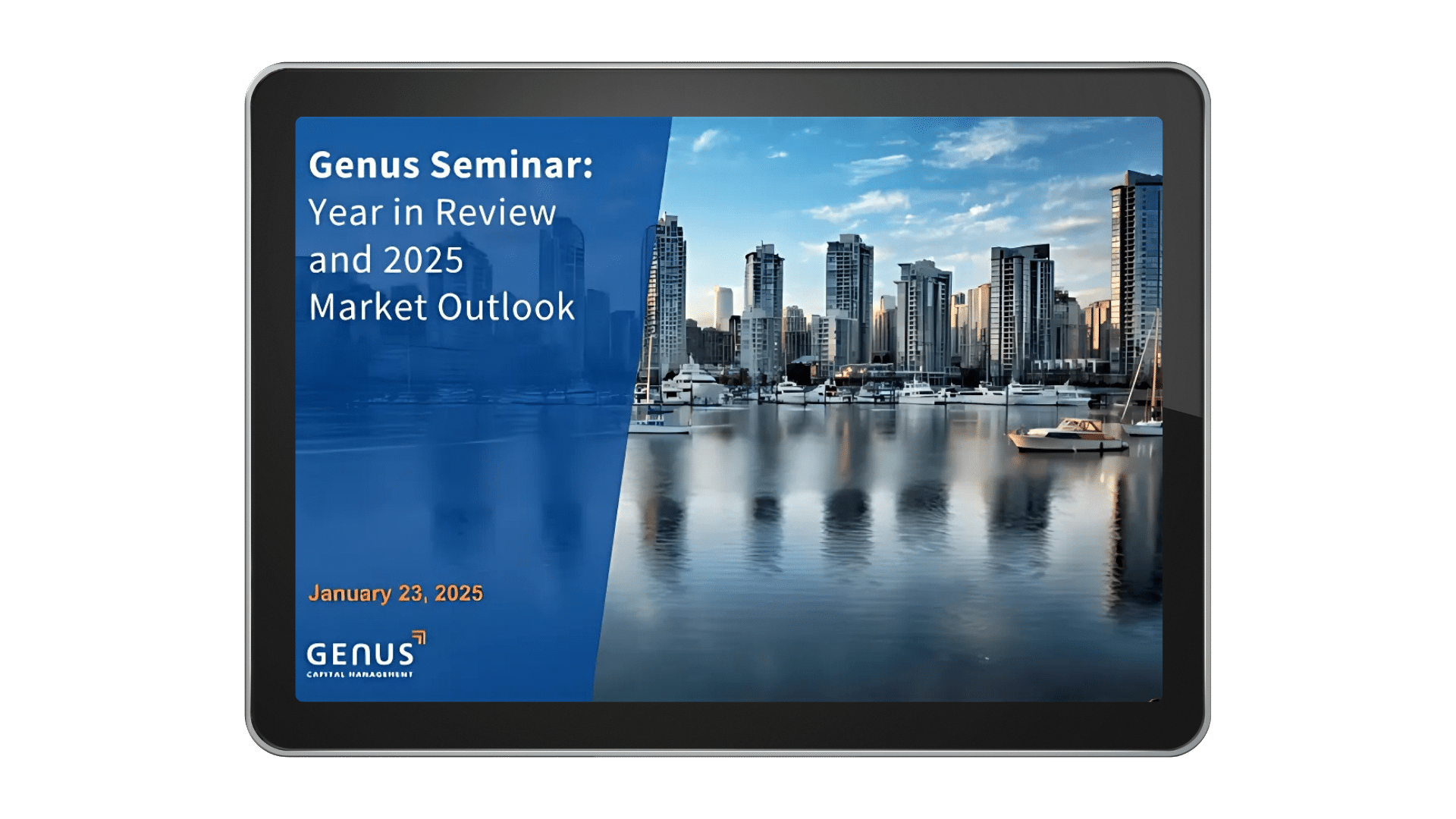For values-driven organizations such as foundations, hospitals, universities and religious organizations, making an impact is central to their reason for being.
But many of these institutions view impact in the rather limited terms of the philanthropic dollars they spend within their spheres of influence—funding a community centre, expanding a cancer ward or building much-needed student housing.
That limited approach misses an opportunity to leverage impact with an institution’s total available capital, says Shannon Ward, Chief Growth Officer at Genus. “Traditionally—with foundations, for example—impact has been focused on granting,” Ward says. “That is how they express their impact in the world, even though it only represents around 5% of the entire capital that they manage.”
The rest of their capital is often invested in traditional investment portfolios, and ends up supporting companies that do not necessarily align with their values and desire to do good in the world.
But a new way of structuring institutional finances—using a mix of grants, private and public equity, as well as bonds and other fixed income products—offers a way to achieve higher values alignment in their deployment of capital, says Ward. “There is now a clearer path for institutional investors to expand their impact and how they do good in the world.” And it’s why more institutional investors are choosing a blended approach to impact investing.
Introducing a ‘blended finance’ approach to impact investing

Blended finance builds on the traditional model of financing—using what’s called ‘catalytic capital,’ from both public and private sources, to make projects more financially sustainable while delivering strong alignment with the UN’s 17 Sustainability Goals.
On a global scale, blended finance is already having a meaningful impact: according to Convergence, the global network for blended finance, over 1,123 transactions—for a total investment of $213 billion—have used this structure of financing over the past 15 years alone.
“In the philanthropic sector, players are starting to realize that, to achieve all the UN’s Sustainable Development Goals by 2030, we need development finance at a much bigger scale.”
Stephanie Tsui, Chief Sustainability Officer at Genus
While blended finance has existed for many years, it has really only ramped up in the past couple of years, according to Stephanie Tsui, Chief Sustainability Officer at Genus. “In the philanthropic sector, players are starting to realize that, to achieve all the UN’s Sustainable Development Goals by 2030, we need development finance at a much bigger scale.”
Tsui says that in order to scale, there needs to be a tiered financial structure—with different development outcomes, risks and returns for different investors. “It requires a degree of ‘concessionality,’” she adds, describing how impact investors might take on more risk on a project, or lower returns, in order to achieve their impact objectives.
“That catalytic capital then makes the investment more attractive, more viable, to other commercial players,” she says. “So with that, you can mobilize more capital going into the sector—and then you can develop or achieve these development outcomes at scale.”
Impact across all asset classes

Historically, when impact investors looked at where they could make a difference through their investments, they turned to the private markets. But with a blended investment strategy, institutions can incorporate a range of options across all asset classes.
And it’s a growing opportunity for institutions: according to the Global Impact Investing Network, the size of the worldwide impact investing market now exceeds US$1.5 trillion assets under management.
For those interested in private impact investments, Genus’ Impact Investment Counsel enables select clients to build customized portfolios using a mix of private debt and equity, notes Ward. But private impact investments have a longer lockup period, meaning investors often won’t be able to see the potential return until they sell—which may pose an investment risk for institutions.
By contrast, public equities offer greater liquidity and steadier potential returns. The Genus High Impact Equity fund’s gross performance over the last five years, as of September 30, 2024 (14.77%), has bettered the MSCI World Index (14.05%), which is a basket of all the largest companies around the globe. And it’s generated impact by focusing on companies whose activities align with the UN’s Sustainable Development Goals.
But the right mix of risk and reward, or public and private markets, depends on the institution, says Ward. “They need to explore their goals as an organization, and how their investments are bringing them into fruition. Today, there are many ways an organization can achieve its mission and goals with a variety of investments.”
And increasingly, it’s not just the people on the finance committee influencing those investment decisions. It’s the many stakeholders in that institution’s sphere of influence, too—be they students, patients or community members.
“Finance committees have a fiduciary duty, but they also have a duty to their stakeholders to uphold the mission of the organization,” says Ward. “That accountability is what is increasingly being brought into the conversation. And that’s what is leading this blended finance movement, because more stakeholders are asking: “What are you actually doing with our money and where’s the impact?”
Want to explore whether impact investing is right for your institution? Contact a Genus advisor today.
References:
- Blended Finance – A Brief Introduction. (n.d.). Investing for Good. https://www.investingforgood.co.uk/news/blendedfinance
(n.d.). State of Blended Finance 2024 [Review of State of Blended Finance 2024]. Convergence Blending Global Finance. Retrieved December 2, 2024, from https://www.convergence.finance/api/file/8ed608879f1e0068b8b4cad403c138c6:85658764272e9fd37827eff20380fefb813954412c1eb68c96ba6bb3fa1cc13d7c283b34cc17b750ca485d8a8f24a11312a0240121be73cde09917eeda28dbc91e51a5de0815b1603cb676c1e616253032ae2e7c36a651f858fb73b5e39a0d3fb3a24b551cc2b6bbbcd0a7b00d1bdcf0f6d0e08496a5b688f416e3dc18922eb020de979b1c07c29d293b83df18e9004f
- SIZING THE IMPACT INVESTING MARKET 2024 ACKNOWLEDGMENTS. (n.d.). https://s3.amazonaws.com/giin-web-assets/giin/assets/publication/giin-sizingtheimpactinvestingmarket-2024.pdf











